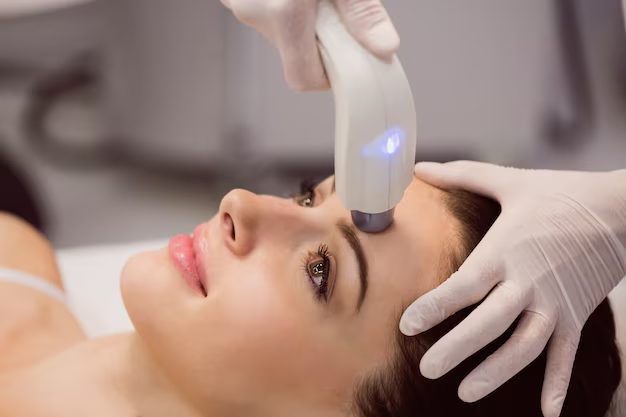Laser skin treatment uses focused light to improve skin appearance by targeting specific skin issues like wrinkles, scars, and hyperpigmentation. It stimulates collagen production, promoting smoother, rejuvenated skin. Common types include ablative lasers, which remove skin layers, and non-ablative lasers, which heat underlying tissue without damaging the surface. Results vary based on the condition treated, with minimal downtime for non-ablative treatments.

Laser skin treatment in Navi Mumbai at Niomi Aesthetic offers advanced solutions for various skin concerns. Utilizing modern technology, skilled dermatologists provide personalized treatments to address issues like acne scars, pigmentation, and signs of aging. With a focus on safety and efficacy, Niomi Aesthetic ensures patients receive professional care and achieve desired results, enhancing skin health and confidence.
Laser skin treatments use focused light to rejuvenate skin, treating issues like wrinkles, scars, and pigmentation. Costs vary based on factors like treatment type, area size, and reputation. On average, prices range from INR 200 to INR 12000 per session.
| Treatment Type | Price Range per Session (INR) |
|---|---|
| Laser Hair Removal | 2,000 – 6,000 |
| Laser Acne Treatment | 3,000 – 8,000 |
| Laser Skin Rejuvenation | 4,000 – 10,000 |
| Laser Scar Removal | 5,000 – 12,000 |
Note: Price may vary based on type of treatment.
A general procedure for laser skin treatment is presented below:
There are several types of laser skin treatments, each designed to address specific skin concerns and conditions.
Laser treatment can address a variety of skin concerns, including but not limited to:
Laser skin treatment works by delivering concentrated beams of light to specific areas of the skin. The light energy is absorbed by targeted cells, which stimulates collagen production, reduces pigmentation, or destroys unwanted cells (such as hair follicles). Different techniques include:
The typical recovery time after a laser skin treatment session varies depending on the type of treatment and the individual's skin sensitivity. Generally, mild redness, swelling, and sensitivity may occur immediately after treatment and usually subside within a few days to a week. More intense treatments may require longer downtime.
While laser skin treatment is generally considered safe when performed by a qualified practitioner, there are potential risks and side effects, including:
Different individuals require different amounts of time before achieving the best possible laser treatment outcome. The main things that determine how many times each person needs to have a session include his/her skin problems; the kind of laser used on him/her as well as what one needs to get from the treatment. In most cases, people will need more than one session spaced out over about 3 weeks to have good outcomes (benefits). For example, someone may need 6-8 sessions for hair removal and 1-3 sessions for skin resurfacing. While some results last for months up to years, it may be important to engage in maintenance treatments so that they’re sustained.